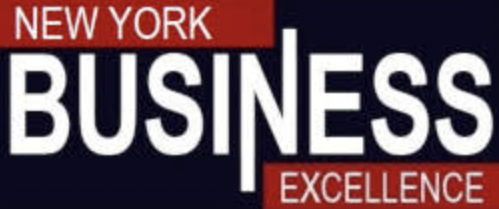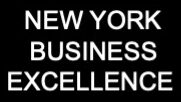My career path is not considered traditional by any means: graduated university as a microbiologist, volunteered for active-duty military service as special operations medic, obtained my MPH in public health epidemiology, entered pharmaceuticals as bench-level scientist transitioning into laboratory management before jumping across the aisle into Quality Assurance and regulatory compliance leadership.
After nearly 18+ years, it was then I felt my career was stalling and given my colorful background, I decided to pursue an opportunity to return to APAC.
At the time, I had very few network contacts in APAC with limited exposure to quality regulations and compliance; therefore, it was opportunistic and quite unscripted as I was offered an opportunity in my native homeland, Thailand.

Embarking on my rejuvenated career, the surprises were not yet over – shortly after beginning my position as Quality Director, I was asked for my professional opinion for candidacy of next business/strategic direction leader.
The incumbent Managing Director term was nearing the end of contractual obligation and questions/concerns arose from our international HQ how to fulfill the role. I simply asked: “Why not me?”
It was met with initial incredulous stare – here’s a guy with 20+ years experience within quality and no other pedigree to substantiate or justify the nomination. I will say that I shocked myself – I had been thinking it for a couple of years after arriving in Thailand, although I successfully contained my inner voice. Never did I think it would progress to the point after which I completed multiple interviews and assumed the role in late 2020.

Therefore, my career reflection:
1) your pedigree doesn’t matter, it’s how you apply it,
2) recognize opportunities,
3) make sound calculations with multiple risk mitigation plans “A”, “B”, etc,
4) take chances to believe in yourself and
5) if afforded the opportunity – repeat this cycle!
Purpose driven organization especially through leadership is essential for ensuring adequate top-down matriculation of the strategic mindset.
If the leadership team is unified with defined purpose through internal self-reflection, then the effect is well-poised to be accepted and key to drive all-level understanding and alignment for successful implementation.
As leaders, we must continually renew the focal lens sets the stage for longevity based on “here and now” (current enterprise purpose and strategy) whilst endeavoring towards the “there and then” (driving futuristic innovation and creativity).
Create future-forward opportunities through strategic inflection aligned with adept initiatives. As formulating strategies inevitably leads to change, it is incumbent on leaders to possess ability to understand present challenges (clarify) leading into the future (demystify).

The five (5) most strategic alignment priorities for the enterprise needs:
➢ Understanding enterprise business shifts in a global economy
➢ Adaptation of commercial demand in novel/niche marketplaces
➢ Ensuring workplace continuity to provide adequate supply to the marketplace
➢ Focus on optimizing manufacturing process capability by securing workforce autonomy and agility
➢ Leading with courage and continual communication/feedback with business leaders to remain advantageously competitive
Resiliency means emboldening strategic implications to focus on workforce flexibility, cross-functionality, versatility and empowerment.
This sets the “future” stage towards business longevity by supporting and enhancing both team and organization by creativelyadapting employee career development and succession/continuity planning through collaborative networking, internal/external training workshops, professional seminars and trade shows. This new initiative driving employee empowerment and engagement action plan will ensure capability and capacity readiness, thereby encouraging and maintaining well-trained and motivated workforce by capitalizing on development goals.
Next phasing of additional flexible design or restructuring process would enable increased removal of cultural workplace barriers, thereby increasing autonomy/workforce engagement and ownership.
Although there’s a risk of further transgression from unfocused leadership (vertical organization), this must be thoughtfully planned and must align confidence and trust.
In my opinion, it’s not an alignment that can be adequately objectively measured through time (i.e. 3- or 5- year matriculation) whereas it’s measured more subjectively on the interactiveness and agility to maneuver challenges symbiotically.
Increased redundancy is part of this phased planning to increase aptitudes and resiliency, especially within the workforce.
Promoting and creating cross-functional development programs within same department will assist to further solidify and clarify input/output and create/enable hand-over rituals which are more collaborative and coordinated.
Another aspect of creating resiliency in the workforce is to keenly identify and understand gap challenges of next-generation management & leadership potential; thereby creating loyalty and ability for development and growth (i.e. securing technical “know-how” knowledge and competencies).


